Lisbon is the capital and the largest city of Portugal. It has a rich history dating back to the pre-Roman era. The city was founded by the Phoenicians, who called it “Allis Ubbo,” meaning “safe harbor.” It was later conquered by the Romans, who named it “Lisbon.” During the Middle Ages, Lisbon was an important trade center and a major port. In the 15th and 16th centuries, the city prospered as a center of exploration and trade, and it became one of the wealthiest cities in Europe. The 1755 Lisbon earthquake and subsequent tsunami and fire destroyed much of the city, but it was rebuilt and continued to thrive.
Today, Lisbon is a vibrant and dynamic city with a rich cultural heritage. It is located on the Atlantic coast in the western part of the country and is known for its warm climate, historic landmarks, and vibrant culture. Some popular attractions in Lisbon include the Belem Tower, Jeronimos Monastery, and the Sao Jorge Castle. The city is also known for its delicious seafood, as well as its famous custard tarts, known as pasties de Nata.
Castelo de São Jorge: An Iconic Landmark
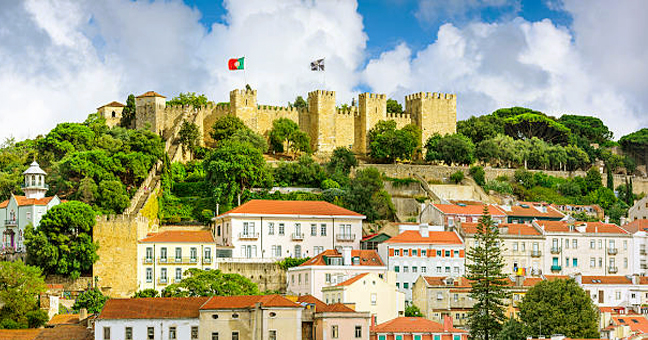
Castelo de São Jorge is a castle located in the historic center of Lisbon. It sits on a hill overlooking the city, offering panoramic views of Lisbon and the river Tagus. The castle dates back to the medieval period and has a long history. It was originally built by the Moors in the 10th century and served as a royal palace for the kings of Portugal in the 12th and 13th centuries. The castle was later used as a military fortification and a prison. Today, it is a popular tourist attraction, with well-preserved walls, towers, and gates, as well as a museum that showcases the history of the castle and the city of Lisbon.
Mosteiro dos Jerónimos: Built in Honor of Portugal’s Age of Discovery
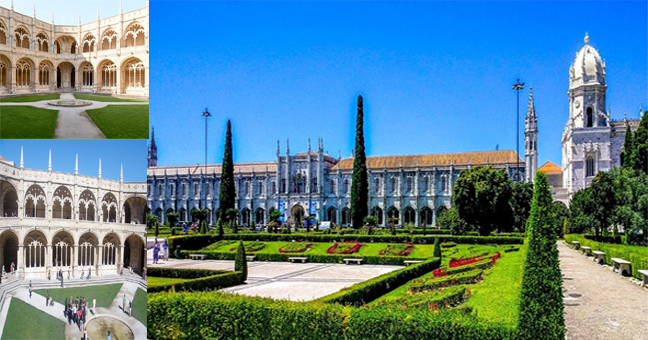
The Mosteiro dos Jerónimos is a monastery located in the civil parish of Santa Maria de Belém in Lisbon, Portugal. It was built in the early 16th century to honor Portugal’s Age of Discovery, during which Portuguese explorers and navigators achieved numerous feats, such as the exploration of the coast of Africa, the discovery of the sea route to India, and the colonization of Brazil. The monastery is a UNESCO World Heritage Site and is considered one of the greatest examples of Manueline architecture in Portugal. It is also one of the most visited landmarks in Lisbon.
Oceanário de Lisboa: A Modern Aquarium
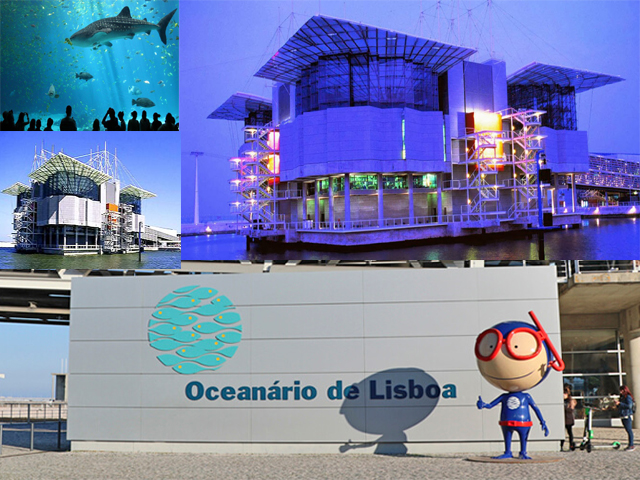
The Oceanário de Lisboa (Lisbon Oceanarium) is a modern aquarium located in the Parque das Nações (Park of Nations) in Lisbon, Portugal. It is one of the largest aquariums in Europe, and it is home to more than 16,000 marine animals from over 450 species, including fish, mammals, birds, reptiles, and invertebrates.
The Oceanário was designed by Peter Chermayeff and opened in 1998 as part of the Expo ’98 World’s Fair. It is made up of four large tanks that represent different marine ecosystems: the Atlantic, the Indian, the Pacific, and the Antarctic. The aquarium also features a number of interactive exhibits, including a touch tank where visitors can pet stingrays and a play area for children.
In addition to its aquarium exhibits, the Oceanário also conducts research and conservation efforts to protect marine life and educate the public about the importance of ocean conservation. It is a popular attraction in Lisbon, and it is visited by more than two million people each year.
Museu Calouste Gulbenkian: A Priceless Collection of Western and Eastern Art
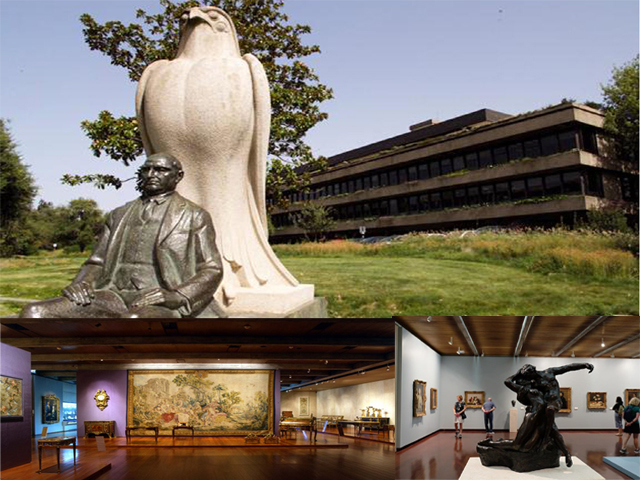
The Calouste Gulbenkian Museum is a world-renowned art museum located in Lisbon, Portugal. It was founded by the philanthropist Calouste Gulbenkian, who donated his extensive art collection to the museum upon his death in 1955. The museum’s collection includes a wide range of artwork from different periods and regions, including ancient Egyptian, Greek, and Roman art, as well as European masterpieces from the Renaissance, Baroque, and Modern periods. The museum is known for its extensive collection of Eastern art, including pieces from China, Japan, and the Middle East. In addition to its art collection, the museum also houses a library and auditorium and hosts a variety of cultural events and exhibitions throughout the year.
Museu do Oriente: Showcasing Portugal’s Presence in Asia and the Far East
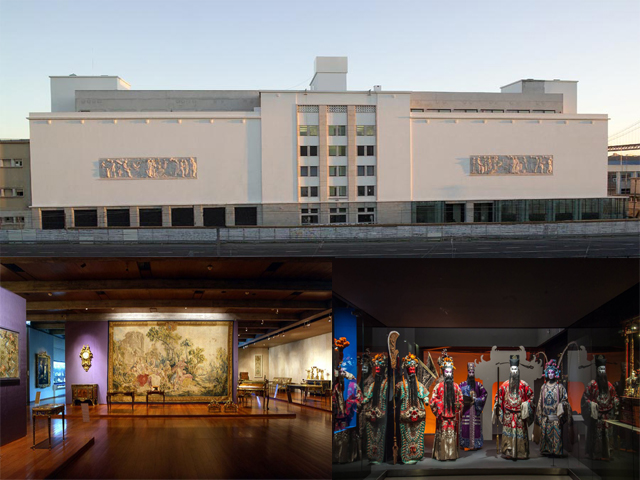
The Museu do Oriente is a museum in Lisbon, Portugal that focuses on the history of Portuguese exploration and presence in Asia and the Far East. It is located in the Belém neighborhood of Lisbon and is housed in a former 18th-century monastery. The museum has a large collection of artifacts from various parts of Asia and the Far East, including China, Japan, India, and Indonesia, as well as from Portuguese colonies in Africa. It also has exhibitions on the history of Portuguese exploration and trade in these regions. The museum is a popular tourist destination and is considered one of the best museums in Lisbon.
Torre de Belém: A Historic Tower
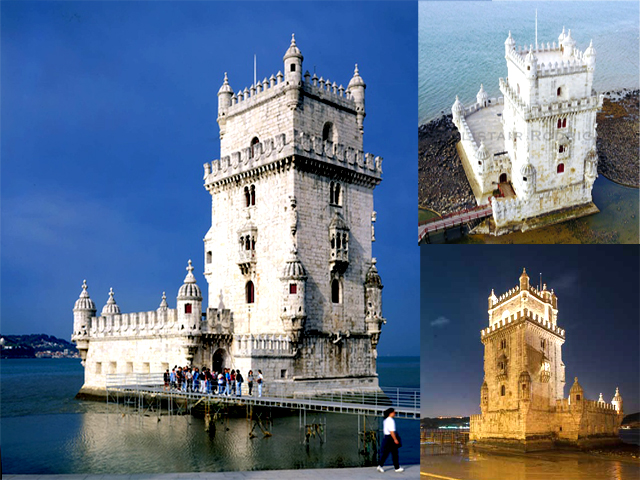
The Torre de Belém (Tower of Belém) is a fortified tower located in the civil parish of Santa Maria de Belém in Lisbon, Portugal. It was built in the early 16th century and is a UNESCO World Heritage Site. The tower was designed to be part of a defense system for the port of Lisbon, and it is considered one of the most important examples of the Portuguese Manueline style, which is characterized by its elaborate ornamentation.
The tower has four floors, with each floor having a different function. The ground floor was used for storage, the first floor was used as a chapel, the second floor was used as living quarters for the captain of the tower, and the third floor was used as a lookout point. Today, the Torre de Belém is a popular tourist attraction and is open to the public.
Museu Nacional do Azulejo: Dedicated to the Art of Decorative Tilework
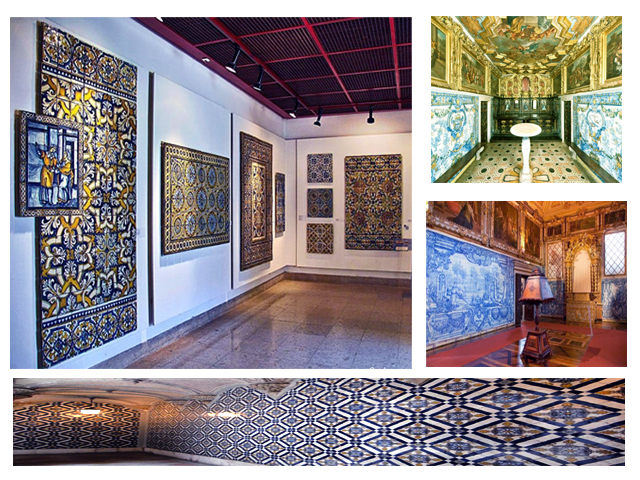
The Museu Nacional do Azulejo (National Tile Museum) is a museum located in Lisbon, Portugal that is dedicated to the art of decorative tilework, or azulejo in Portuguese. The museum is housed in the Convent of Madre de Deus, which was founded in 1509. The museum collection includes a wide range of azulejos dating from the 15th to the 20th centuries, including tiles from the medieval period, the Manueline era, and the Baroque period.
The museum also has a collection of tiles from different regions of Portugal and from other countries, as well as a collection of tile-making tools and equipment. In addition to its collection, the museum also hosts exhibitions and educational programs.
Elevador de Santa Justa: An Antique Elevator with City Views
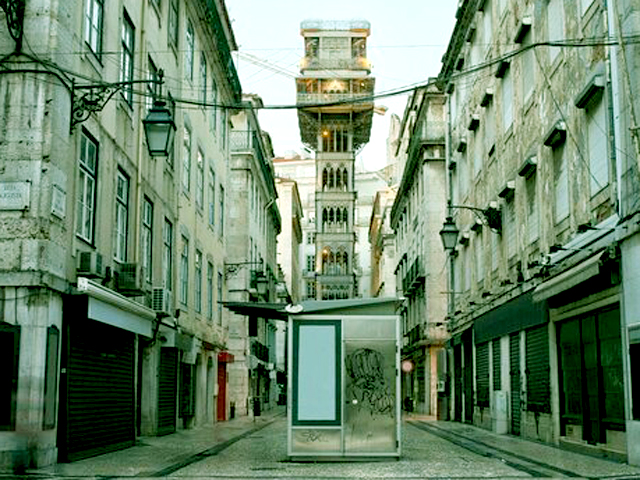
The Elevador de Santa Justa (Santa Justa Lift) is a historic elevator located in the city of Lisbon, Portugal. It was built in the late 19th century and is named after its location on the Rua de Santa Justa. The elevator was designed by a Portuguese engineer named Raoul Mesnier du Ponsard, and it was the first vertical lift in the city of Lisbon.
The elevator is 45 meters (148 feet) tall and has two cabins that can carry passengers between the lower and upper levels of the city. The upper level of the elevator offers panoramic views of the city, making it a popular tourist attraction. The elevator is still in operation today and is considered a national monument of Portugal.
Sé: Lisbon’s Imposing Cathedral
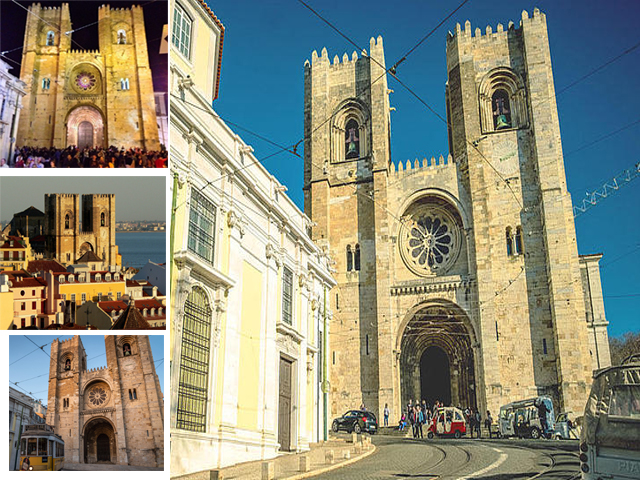
The Sé de Lisboa (Lisbon Cathedral) is a Roman Catholic cathedral located in the city of Lisbon, Portugal. It is the oldest cathedral in the city and is located in the Alfama district, which is one of the oldest neighborhoods in Lisbon. The cathedral was built in the 12th century and has undergone several renovations and changes over the years.
The cathedral is an example of Romanesque architecture and has a Gothic cloister. The cathedral has a number of important artworks and relics, including a gilded altarpiece, a Gothic lectern, and a 16th-century processional cross. The cathedral is also home to the tomb of Saint Vincent, the patron saint of Lisbon. The Sé de Lisboa is a popular tourist attraction and is open to the public.
Padrão dos Descobrimentos: A Tribute to the Age of Discovery
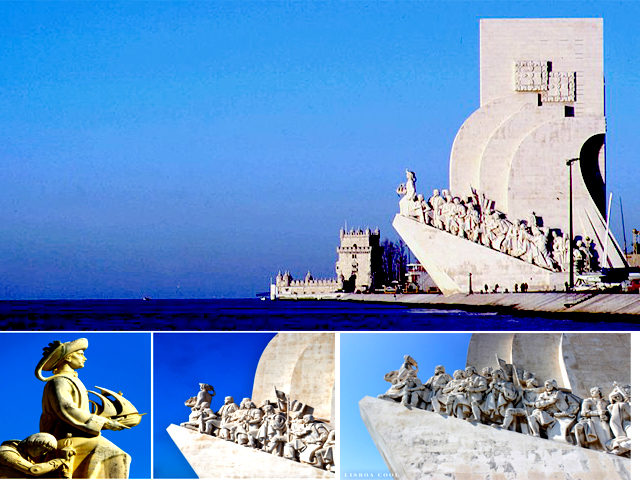
The Padrão dos Descobrimentos, or Monument to the Discoveries, is a monument located in Lisbon, Portugal that was built to celebrate the Portuguese Age of Discovery. It was erected in 1960, on the occasion of the 500th anniversary of the death of Prince Henry the Navigator, who was instrumental in the development of Portuguese exploration and expansion during the 15th and 16th centuries.
The monument is a 52-meter-tall stone pillar in the shape of a ship’s prow, with statues of 33 notable figures from the Age of Discovery, including Prince Henry and other explorers, navigators, and scientists. It is meant to symbolize the spirit of exploration and the Portuguese people’s desire to discover new lands and expand their knowledge of the world.
Day Trip to Sintra
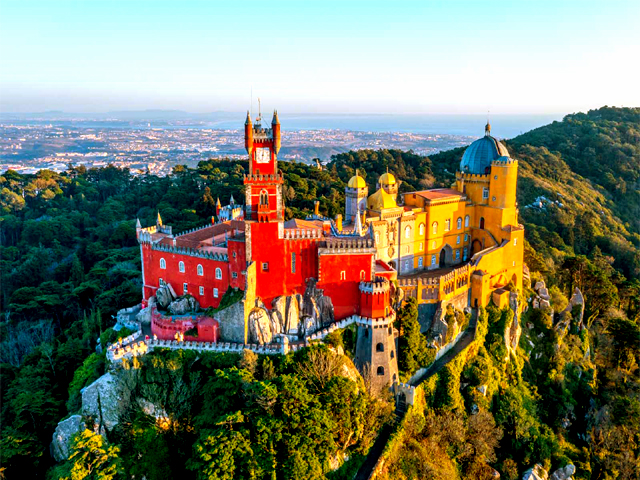
Sintra is a town located in the foothills of the Sintra Mountains in the Lisbon district of Portugal. It is known for its beautiful natural surroundings, including the Sintra-Cascais Natural Park, and its historic castles and palaces, which are among the most popular tourist attractions in the region. Some of the most notable landmarks in Sintra include the Pena National Palace, the Castle of the Moors, and the Quinta da Regaleira.
If you are planning a day trip to Sintra, there are a few different ways to get there from Lisbon. You can take a train from Lisbon’s Rossio station to Sintra, which takes about 40 minutes, or you can take a bus from Lisbon’s Sete Rios station. You can also rent a car or take a tour from Lisbon.
Once you arrive in Sintra, you can spend the day exploring the town and its surrounding countryside. You can visit the historic palaces and castles, take a hike in the Sintra-Cascais Natural Park, or enjoy a leisurely stroll through the town’s charming streets. There are also many restaurants and cafes in Sintra where you can stop to have a bite to eat or drink.
Arco da Rua Augusta: A Triumphal Arch
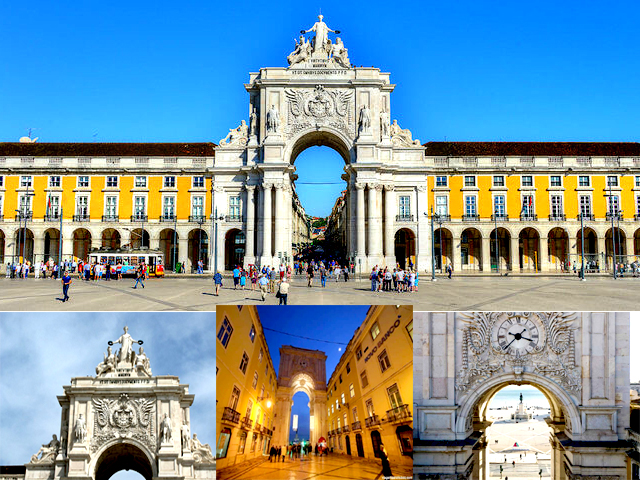
The Arco da Rua Augusta, or Rua Augusta Arch, is a triumphal arch located in the city of Lisbon, Portugal. It was built to celebrate the reconstruction of Lisbon after the 1755 earthquake, and it was completed in 1873. The arch is located at the end of the Rua Augusta, a shopping street in the center of the city.
The Rua Augusta Arch is a neoclassical structure made of marble and granite, and it stands at the top of a flight of steps. It is decorated with sculptures and reliefs that depict scenes from Portuguese history, as well as allegorical figures representing the arts, sciences, and industry. The arch also has four smaller arches on the sides, which are supported by Corinthian columns. The top of the arch is decorated with a statue of a woman holding a crown, which represents the city of Lisbon.
The Rua Augusta Arch is one of the most iconic landmarks in Lisbon, and it is a popular tourist attraction. It is also a popular spot for events and celebrations, and it is often used as a backdrop for concerts, parades, and other public gatherings.
Lisboa Story Centre: Exploring Lisbon’s Vibrant History
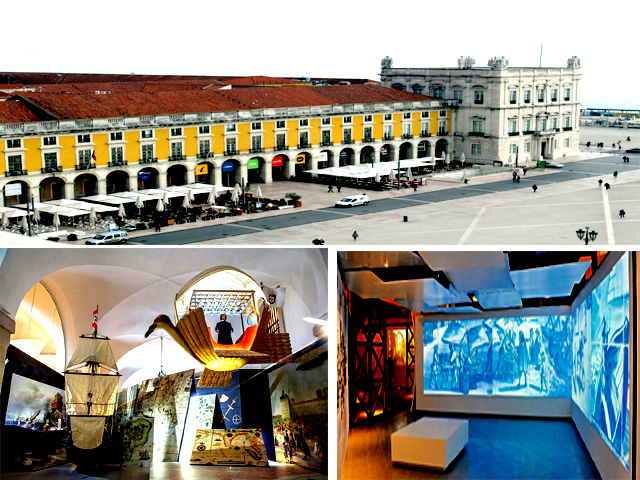
The Lisbon Story Centre is a museum in Lisbon, Portugal that offers a multimedia presentation of the city’s history. Through interactive exhibits and audio-visual displays, visitors can learn about the city’s rich cultural heritage, from its founding by the Phoenicians to its present-day status as a vibrant capital city.
The museum also features exhibits on the city’s famous landmarks, such as the Belem Tower and the Jeronimos Monastery, as well as its role in Portuguese exploration and the Age of Discovery. If you’re interested in learning more about Lisbon’s history and culture, the Lisbon Story Centre is a great place to visit.
Lisboa Story Centre: One of the City’s Oldest Churches
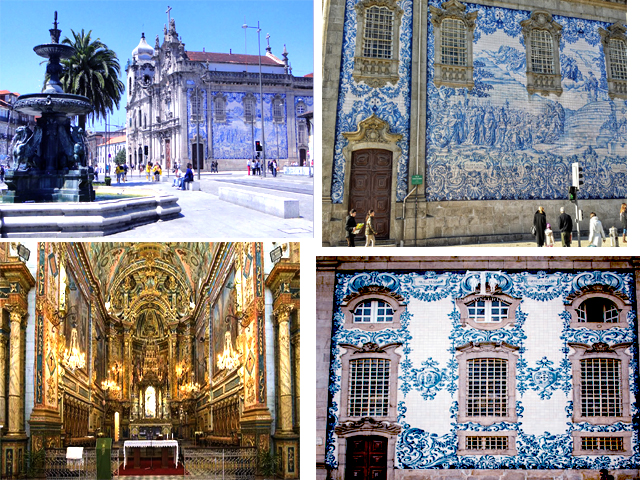
The Igreja do Carmo is a historic church located in Lisbon, Portugal. It is one of the oldest churches in the city and is known for its gothic architecture. The church was built in the 14th century and has undergone several renovations over the years. It is a popular tourist destination, known for its beautiful interior and historical significance. The church is also home to the Museum of Archaeology, which houses a collection of artifacts from ancient civilizations.
Igreja-Museu São Roque: A Simple Church with a Richly Decorated Interior
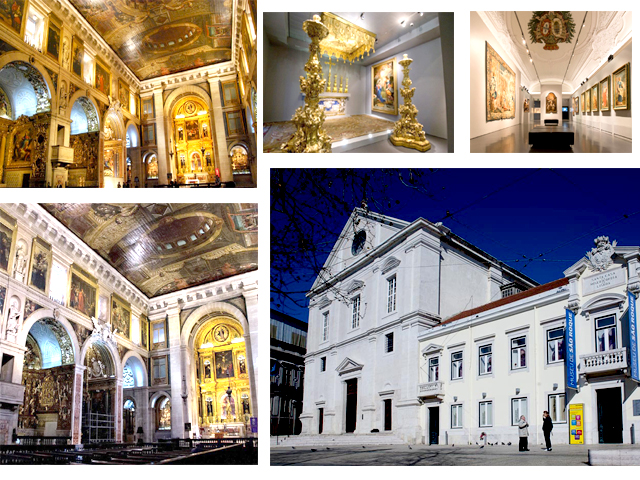
The Igreja-Museu São Roque, also known as the Church of São Roque, is a Catholic church located in Lisbon, Portugal. It is considered one of the finest examples of Baroque architecture in the city. The church was built in the 16th century and has a simple exterior, but its interior is richly decorated with ornate frescoes, gilded wood carvings, and elaborate altars. In addition to serving as a place of worship, the church also functions as a museum, displaying a collection of religious art and artifacts. It is a popular tourist destination and an important cultural and historical site in Lisbon.
Núcleo Arqueológico: An Incredible Journey Through Hidden Lisbon
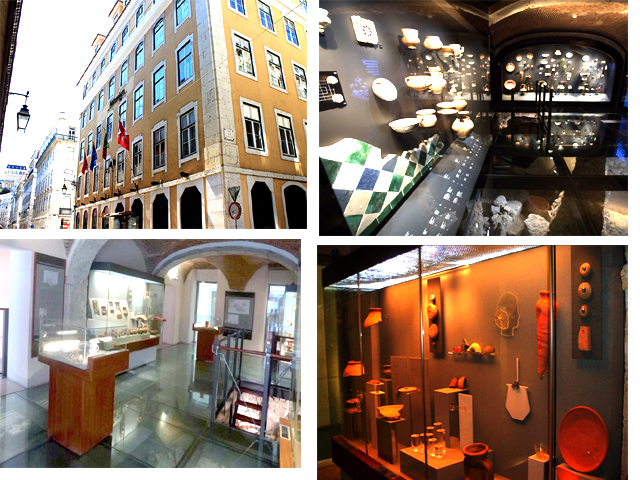
The Núcleo Arqueológico (Archaeological Core) of Lisbon is a museum located in the city center that showcases the history and archaeology of Lisbon from its founding by the Phoenicians in the 8th century BCE to the present day. The museum features a variety of exhibits, including ancient artifacts, historical documents, and interactive displays that allow visitors to learn about the city’s rich past.
Some of the highlights of the museum include the Roman-era ruins of Lisbon’s harbor, the medieval walls that once protected the city, and the ancient cisterns that provided the city with water. The Núcleo Arqueológico is a great place to visit for anyone interested in the history and archaeology of Lisbon and is a must-see for history buffs visiting the city.
Museu Bordalo Pinheiro
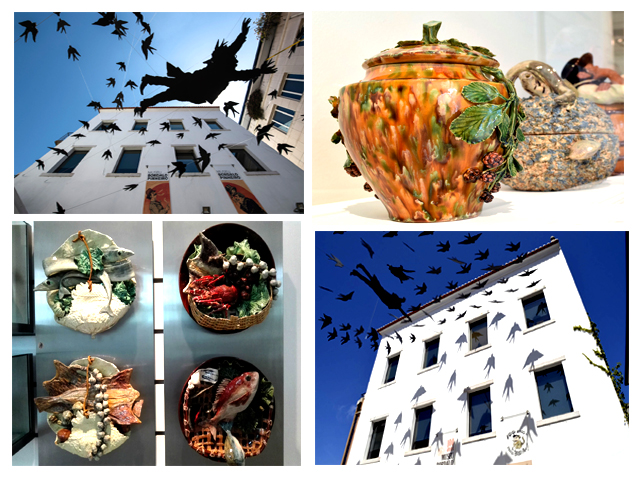
The Museu Bordalo Pinheiro is a museum in Lisbon, Portugal dedicated to the life and work of Rafael Bordalo Pinheiro (1846-1905), a Portuguese artist known for his colorful ceramic works, illustrations, and caricatures. The museum is housed in the former studio of Bordalo Pinheiro and features a collection of his ceramics, as well as a selection of his illustrations and caricatures.
The museum also hosts temporary exhibitions of work by other artists and has a shop selling books and souvenirs related to Bordalo Pinheiro and his work.
Palácio dos Marqueses de Fronteira: The Home of a 17th-Century Portuguese Aristocrat
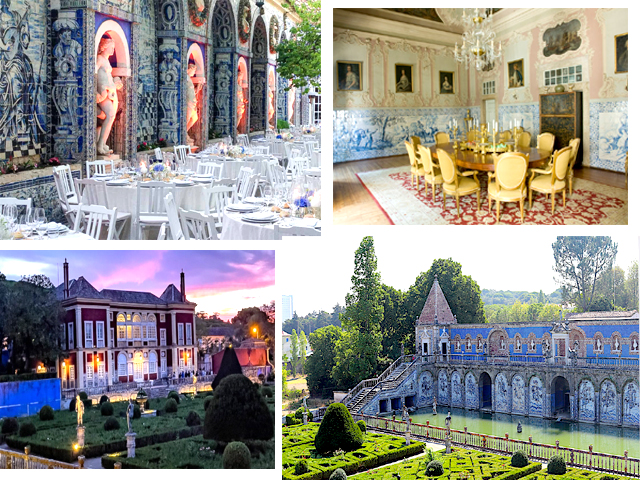
The Palácio dos Marqueses de Fronteira is a 17th-century palace located in Lisbon, Portugal. It was built in the Baroque style and is an excellent example of the opulent architecture and design of the period. The palace was originally the residence of the Marqueses de Fronteira, a wealthy Portuguese aristocratic family. It is now open to the public as a museum and is managed by the Calouste Gulbenkian Foundation.
The palace is known for its ornate interiors, which are richly decorated with frescoes, gilded moldings, and intricate tiles. It also features a beautiful formal garden, which is home to a variety of plants and flowers. The museum houses a collection of art and antiques, including paintings, furniture, and ceramics, as well as temporary exhibitions of contemporary art. The palace is a popular tourist attraction in Lisbon and is a must-see for anyone interested in the history and culture of Portugal.
Mãe d’Agua das Amoreiras
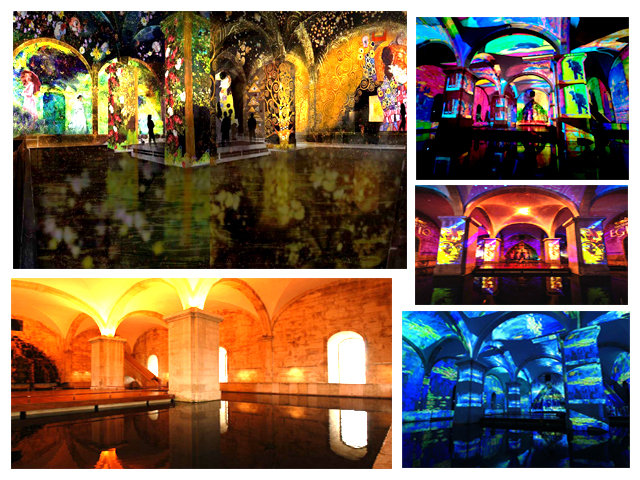
Mãe d’Agua das Amoreiras is a traditional figure in Portuguese folklore who is associated with a spring in Lisbon known as the Mãe d’Água das Amoreiras. According to legend, the Mãe d’Água was a woman who lived in the palace that was built in the spring of the 18th century. She was known for her kindness and generosity and was said to have used the water from the spring to cure the sick. The spring and the palace that was built over it are now popular tourist attractions in Lisbon, and the Mãe d’Água is remembered as a symbol of the city’s history and culture.
Basílica da Estrela: The Beautiful Star Basilica
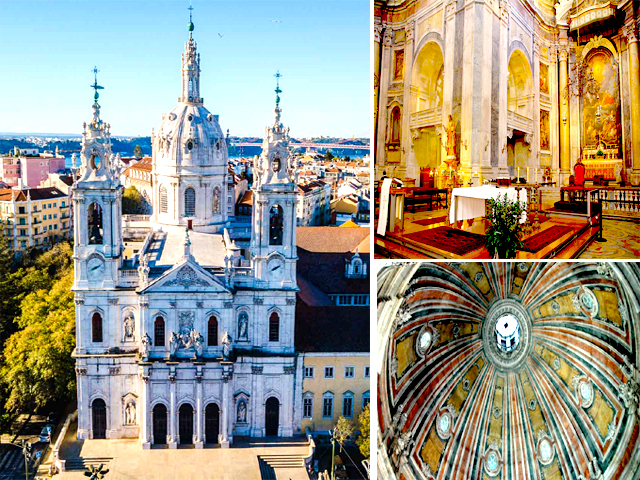
The Basílica da Estrela is a neoclassical basilica located in Lisbon, Portugal. It is one of the city’s most iconic landmarks and is known for its beautiful architecture and cultural significance. The basilica was commissioned by Queen Maria I of Portugal and was completed in the late 18th century. It is dedicated to the Virgin Mary and is a popular destination for both tourists and locals. The interior of the basilica is adorned with marble and gilded decorations, and the exterior features a series of columns and a large dome. The Basílica da Estrela is a must-see destination for anyone visiting Lisbon.
Museu Nacional dos Coches
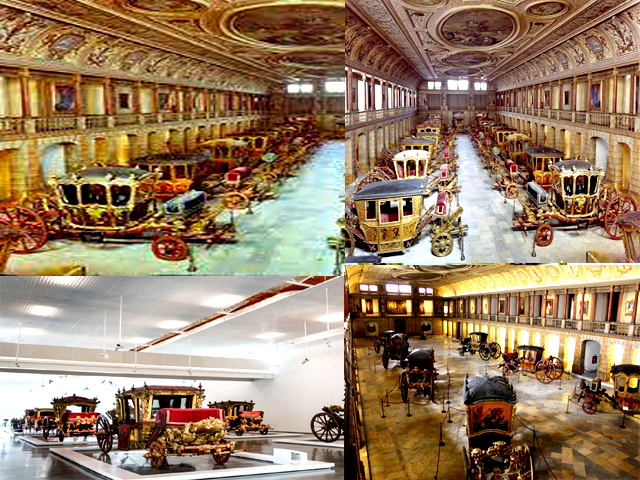
The Museu Nacional dos Coches (National Coach Museum) is a museum in Lisbon, Portugal that houses a collection of royal carriages and other vehicles from the 15th to the 19th centuries. The museum is located in the western wing of the Jerónimos Monastery and is home to one of the largest and most important collections of its kind in the world. The collection includes a variety of carriages, coaches, and other vehicles that were used by the Portuguese royal family and other dignitaries. The museum also features a number of exhibits on the history of transportation in Portugal and the role that carriages and coaches played in the country’s history. The Museu Nacional dos Coches is a popular tourist attraction in Lisbon and is a must-see destination for anyone interested in the history of transportation or the royal history of Portugal.
Museu de Arte, Arquitectura e Tecnologia (MAAT)
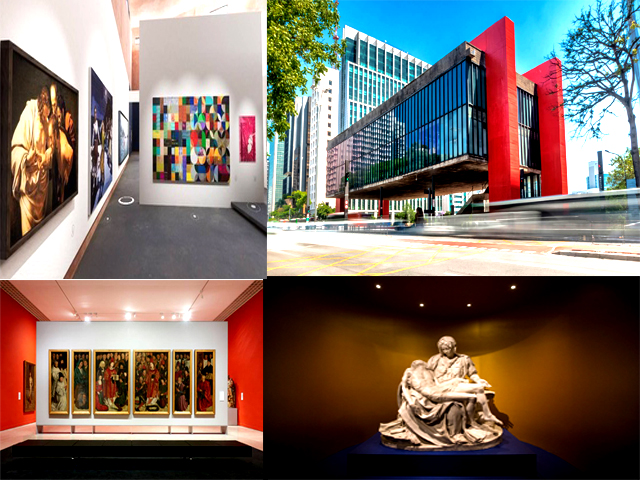
The Museu de Arte, Arquitectura e Tecnologia (MAAT) is a museum located in Lisbon, Portugal that focuses on contemporary art, architecture, and technology. The museum was opened in 2016 and is housed in a modern building that was designed by the British architect Amanda Levete. The museum’s collection includes a variety of contemporary artworks, as well as exhibits on architecture and technology. The MAAT also hosts a number of temporary exhibitions, lectures, and other cultural events throughout the year. In addition to its exhibitions, the museum also features a café, a gift shop, and a library. The MAAT is a popular destination for tourists and locals alike and is an important cultural institution in Lisbon.




One thought on “Top 23 Best Tourist Places in Lisbon Portugal”